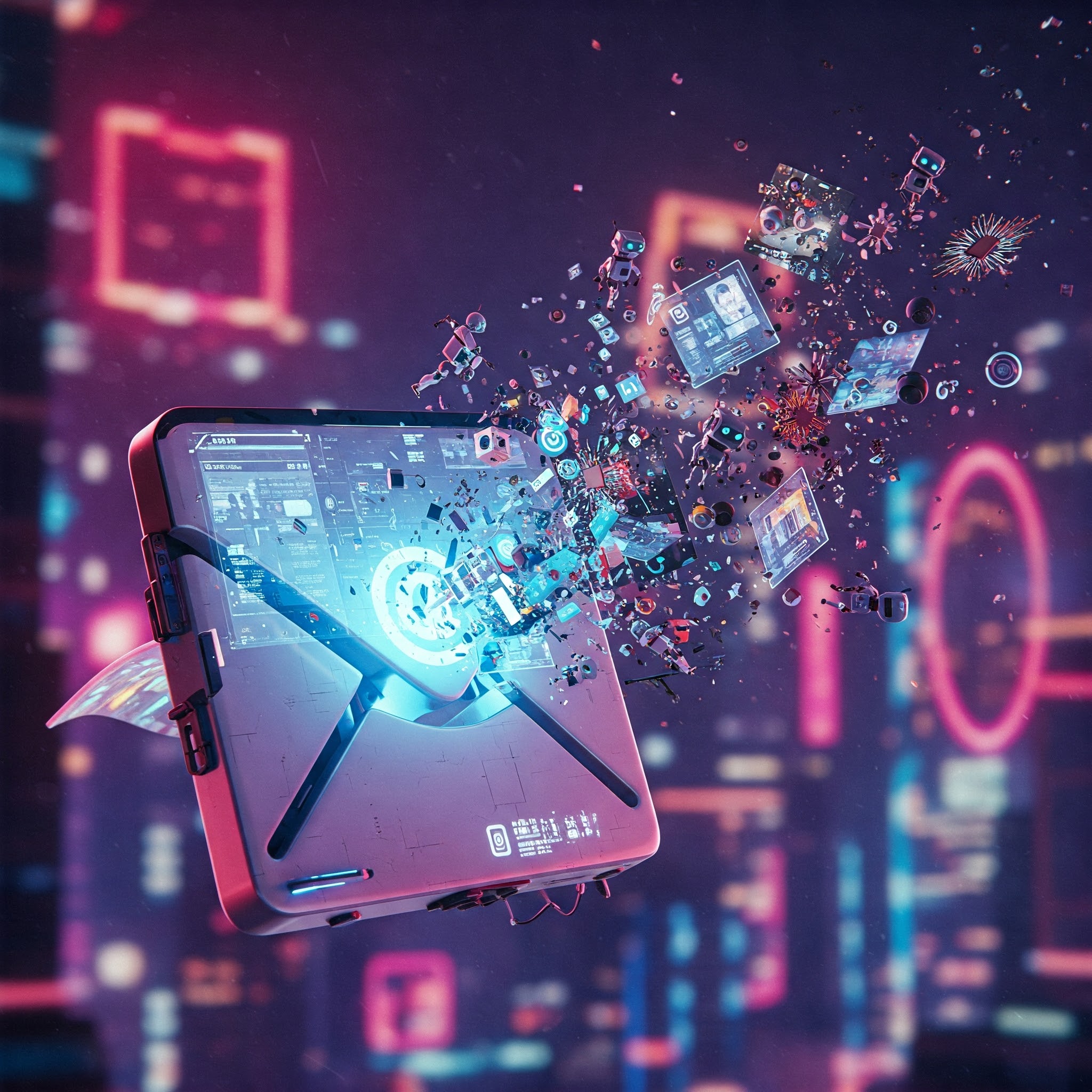The future is here. Or, at least, a future is here. Stability AI, not content with merely rearranging pixels, has unleashed Stable Virtual Camera, a tool that allegedly transforms your humdrum 2D images into dazzling 3D videos. Prepare for your cat photos to orbit majestically.
The premise is simple, bordering on magical. Feed Stable Virtual Camera a single image (or, if you’re feeling particularly ambitious, up to 32), and it conjures a multi-perspective video, letting you swoop around your subject like a caffeinated cinematographer. Virtual cameras aren’t new, of course. Filmmakers have been digitally manipulating scenes for ages. But Stability AI’s twist? A hefty dose of generative AI. Suddenly, intricate 3D reconstructions are out; minimal effort, maximum (theoretical) impact is in.
What sets this apart from the usual AI video churn? According to Stability AI, it’s not just regurgitating training data. Stable Virtual Camera employs a ‘multi-view diffusion process’ to fabricate new angles, aiming for a result that resembles something tangible, not a fever dream. Users get to play director, orchestrating camera trajectories with cinematic movements like zoom, orbit, and the ever-dramatic spiral. Vertical video for the TikTok crowd? Check. Widescreen for aspiring auteurs? Also check.
In true Stability AI fashion, the model is open-source (Non-Commercial License, naturally). Got some coding chops and a penchant for tinkering? Head to GitHub and wrestle with the code. The open-source approach means the community can refine and expand the virtual camera’s capabilities, sparing Stability AI the expense (and, presumably, the blame when things go sideways).
Now, for the obligatory reality check. This is AI, after all. Perfection is… aspirational. Stability AI readily admits the model has ‘kinks.’ Expect realistic people, animals, and ‘chaotic textures’ (read: water) to occasionally morph into scenes from a B-movie. Prepare for awkward camera movements that phase through objects, perspective shifts that induce nausea, and flickering artifacts that suggest your video is haunted. Whether this becomes a filmmaker’s secret weapon or just another abandoned AI toy remains to be seen.
Let’s not forget the competition. OpenAI’s Sora, Pika, Runway, Pollo, and Luma Labs’ Dream Machine are all vying for AI video supremacy. Stable Virtual Camera needs to prove it can deliver genuine value beyond a fun demo video. Otherwise, it risks becoming another forgotten experiment in the ever-growing graveyard of AI novelties. And nobody wants their cat photo orbiting into oblivion.

